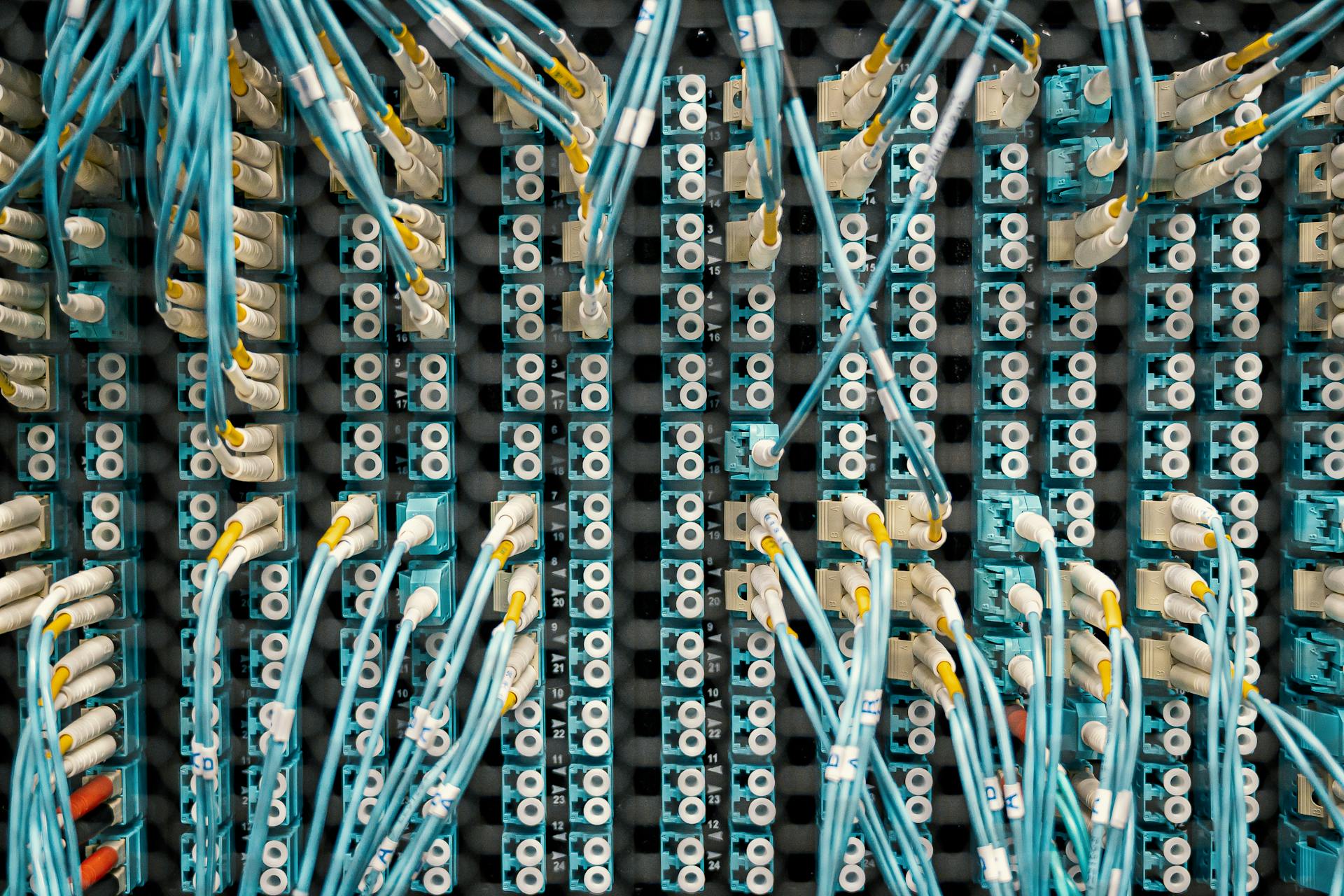
From smart refrigerators to industrial automation systems, the Internet of Things (IoT) has changed how we interact with the world. These connected devices offer unprecedented convenience and operational efficiency—but they also introduce serious cybersecurity risks. As the number of IoT devices grows, so does the surface area for potential cyberattacks.
The Scope of the IoT Ecosystem
IoT now touches nearly every industry. In the home, smart thermostats, cameras, and doorbells send and receive data 24/7. In the enterprise, IoT includes everything from networked printers and HVAC systems to manufacturing sensors and healthcare monitors. This rapid proliferation has outpaced the development of standardized security practices, leaving many devices vulnerable.
Why IoT Devices Are High-Risk Targets
IoT devices are often deployed with minimal security—default passwords, outdated firmware, and limited processing power that can't support encryption or advanced security protocols. Once compromised, these devices can:
-
Act as entry points into broader networks
-
Be conscripted into botnets for DDoS attacks
-
Leak sensitive user or business data
-
Disrupt physical systems and operations
Unlike traditional endpoints, IoT devices typically lack user interfaces, making it harder to update, monitor, or secure them without dedicated tools.
Key IoT Vulnerabilities
Several common weaknesses make IoT a prime target for threat actors:
-
Weak Authentication: Devices that rely on default credentials or lack password enforcement are easy targets.
-
Unpatched Firmware: Many devices ship with outdated software and are rarely updated after deployment.
-
Lack of Encryption: Unsecured data in transit or at rest can be intercepted or modified.
-
Poor Network Segmentation: IoT devices are often placed on the same networks as critical business systems, making lateral movement easier for attackers.
Best Practices for Securing IoT Environments
To reduce risk, organizations must take a proactive approach to IoT security. Here are essential strategies:
1. Inventory and Assess Every Device
Know what’s on your network. Keeping an accurate inventory of connected devices allows you to track vulnerabilities and apply patches as needed. This visibility is often part of broader IT-managed solutions that centralize control and security.
2. Change Default Credentials
Immediately replace manufacturer-set usernames and passwords with strong, unique alternatives. Where possible, enforce multi-factor authentication (MFA).
3. Segment Your Networks
Create separate VLANs or subnetworks for IoT devices. If one device is compromised, segmentation limits the attacker’s ability to access sensitive systems.
4. Apply Firmware Updates Regularly
Enable automatic updates if supported, or set internal reminders to check and install patches manually. Unpatched devices are low-hanging fruit for cybercriminals.
5. Encrypt Device Communications
Ensure that all device traffic is encrypted, especially when transmitting sensitive data. Encryption helps mitigate risks even if traffic is intercepted.
6. Monitor Device Behavior
Anomalous behavior—like a lightbulb sending traffic to an unfamiliar IP—can indicate a breach. Real-time network monitoring tools, such as those integrated into a cybersecurity strategy, help detect and respond to these threats faster.
IoT in Business: Balancing Innovation and Risk
In enterprise environments, IoT enables automation, data collection, and cost reduction. But without a strong cybersecurity framework, these benefits can backfire. For instance, an unsecured smart sensor in a warehouse could be exploited to access inventory systems or leak production data.
Companies leveraging smart tools for collaboration—especially as part of a modern workplace—must also evaluate how connected devices interact with cloud services, remote endpoints, and internal networks. The convenience of IoT should not come at the cost of data integrity or system uptime.
As businesses expand their use of connected technologies, managing access, policies, and usage can also intersect with licensing and compliance. CSP licensing can play a supporting role in governing how connected applications and services are deployed securely.
Looking Ahead: Building a Secure IoT Future
The IoT revolution is here to stay. As device capabilities evolve, so must our ability to secure them. Forward-thinking organizations must:
-
Incorporate IoT risk assessments into broader security audits
-
Train teams to recognize and mitigate IoT threats
-
Leverage integrated solutions to reduce complexity and improve visibility
For businesses ready to evaluate their IoT security posture or map out a path to improvement, KMicro’s cybersecurity team can help assess vulnerabilities and guide next steps.
Connected devices may offer new ways to innovate—but only if they’re secured from the start.
-

Securing DevOps Pipelines: Integrating Security Early and Often
25 Nov, 2025
-

Zero Trust in Action: From Buzzword to Real Enterprise Security
22 Aug, 2025
-

Beyond Firewalls: KMicro’s Zero Trust Blueprint for Hybrid Workforces
30 Jul, 2025
-

SharePoint Zero-Day Vulnerability: What You Need to Know
22 Jul, 2025
-

Collaborative Incident Response: Aligning vCISO Oversight with SOC Operations
27 Jun, 2025